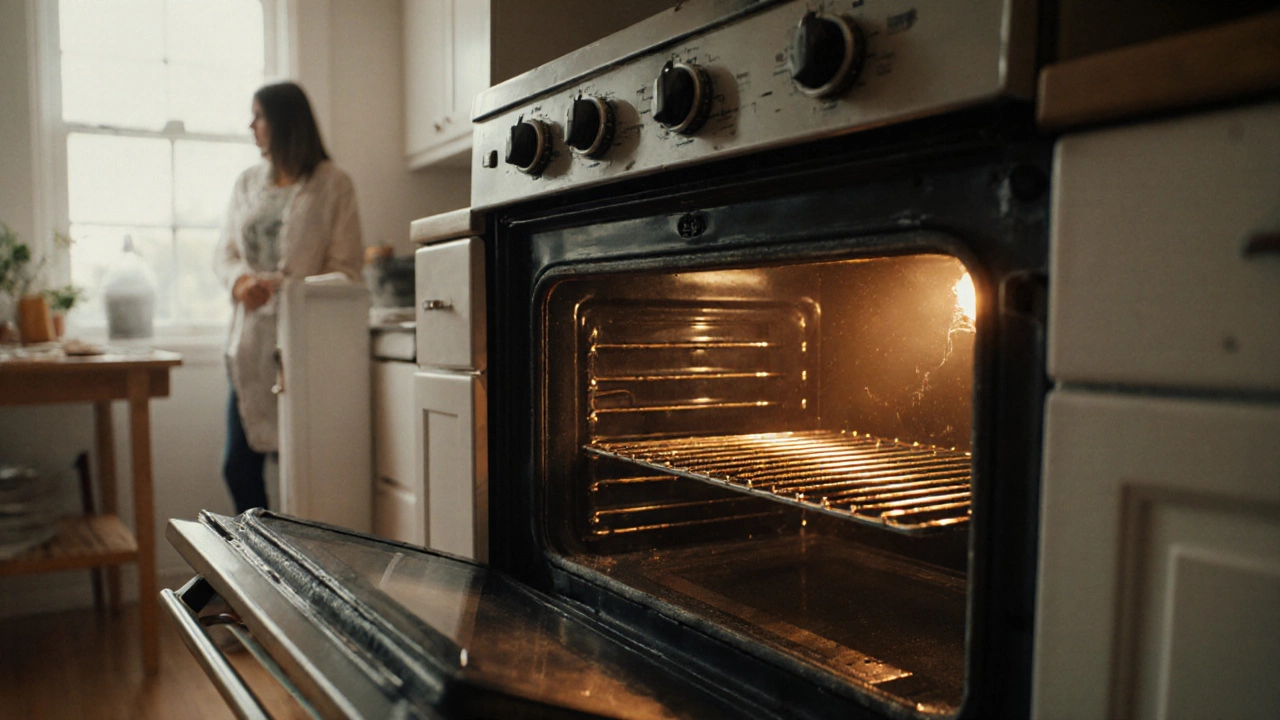Oven Heating Element Issues and DIY Fixes
If your oven heats unevenly or won’t get hot at all, the heating element is the usual suspect. Knowing the signs and how to test it can save you a call to a technician and keep your kitchen running.
Common Signs of a Bad Heating Element
First, check if the oven turns on but stays cool. That often means the element isn’t getting power or has burned out. Look for visible cracks, blobs, or discoloration on the metal coil – heat damage shows up as dark spots or broken sections.
Second, notice any strange smells. A burning odor after the oven runs for a few minutes points to a failing element. You might also hear buzzing or see sparking when the element powers up; both are clear warnings.
Third, uneven baking or hot spots can be caused by a partially damaged element. If one side of the oven browns food faster, the coil is likely deteriorating in that area.
How to Test and Replace the Element
Before you start, unplug the oven or switch off the circuit breaker. Safety first – a live oven can give you a nasty shock.
Remove the old element: most ovens have two screws at the ends of the coil. Unscrew them, pull the element out, and disconnect the wire harness. Keep the screws; you’ll need them for the new part.
Now test the element with a multimeter. Set the meter to the ohms (Ω) setting and touch the probes to the two terminals on the element’s plug. A healthy element reads between 30 and 70 ohms, depending on the model. If the meter shows zero (short) or infinite (open), the element is dead and must be replaced.
When buying a replacement, match the part number, voltage (usually 240 V in the UK), and wattage. Local appliance stores or the oven manufacturer’s website will have exact matches. Installing the new element is the reverse of removal – hook up the wire harness, secure the screws, and slide the coil back into place.
After reassembly, restore power and run a quick heat test. Set the oven to a low temperature for about ten minutes and watch the element glow. If it heats evenly, you’ve solved the problem.
Sometimes the issue isn’t the element itself but a faulty thermostat or control board. If a new element still doesn’t work, consider calling a professional to diagnose the electronics.
Regular maintenance can extend the life of your heating element. Wipe away food splatters after each use, and avoid using metal pans that can scratch the coil. A clean oven runs cooler, reducing stress on the element.
In summary, a bad oven heating element shows up as no heat, odd smells, or uneven cooking. By testing with a multimeter and swapping in the right replacement, most homeowners can fix the problem in under an hour. Keep safety in mind, and don’t hesitate to call a repair service if the wiring or controls appear damaged. With a functional heating element, your oven will bounce back to delivering the heat you need for tasty meals.

Should You Repair Your Electric Oven? Cost vs Replacement Guide
Find out if fixing your electric oven makes sense. Compare repair costs, common faults, DIY tips and when a new oven is the smarter investment.

Replacing the Heating Element in Your Oven: What’s the Cost?
Exploring the costs and steps involved in replacing the heating element in an electric oven. Whether your oven is leaving you with undercooked meals, burning food unexpectedly, or simply refusing to heat up, understanding the replacement process and potential expenses is essential. This article provides practical advice, estimates, and money-saving tips for DIY enthusiasts and those considering professional help. It’s everything you need to know to make sure your oven heats up perfectly without breaking the bank.